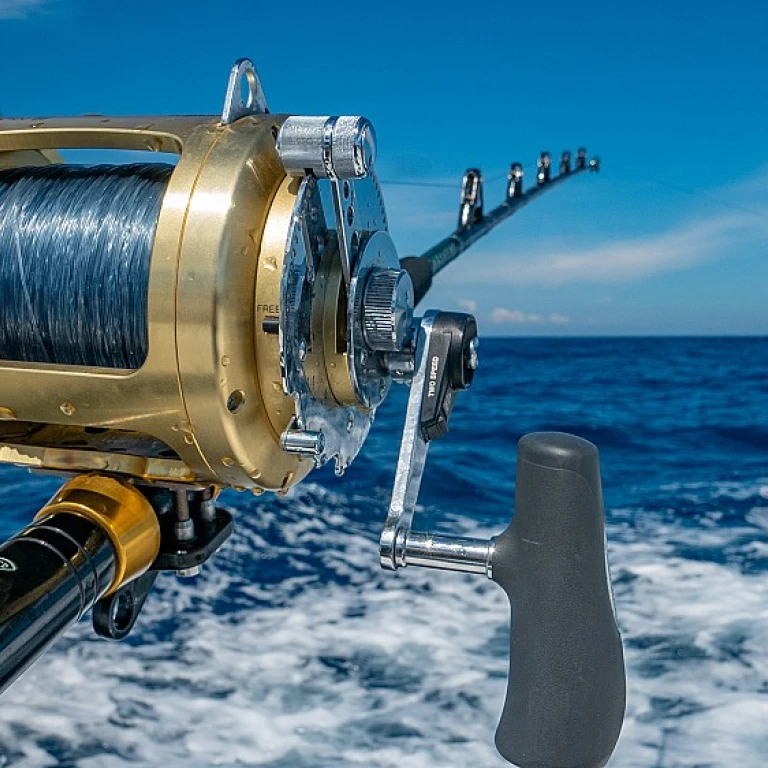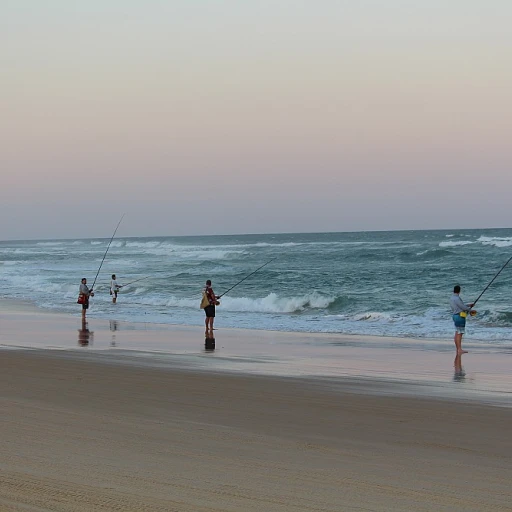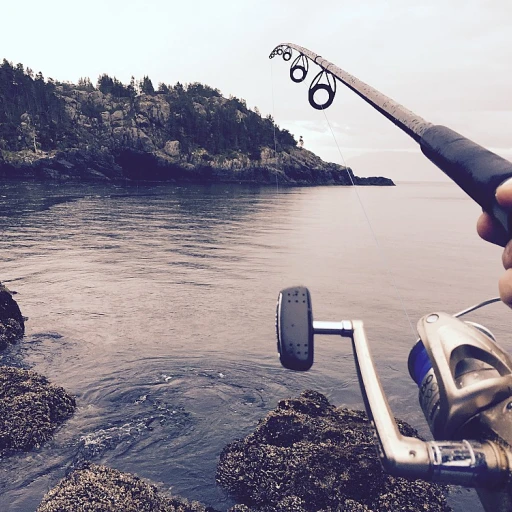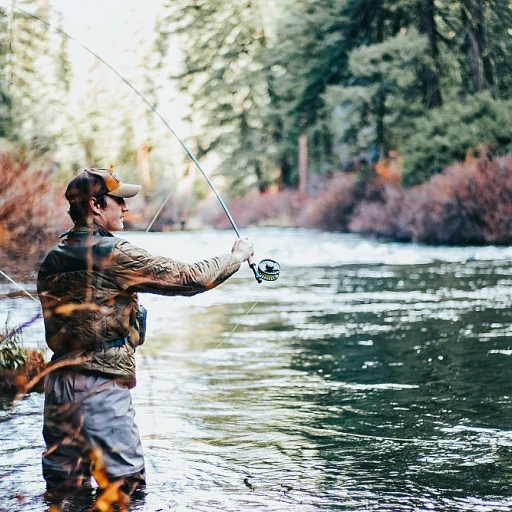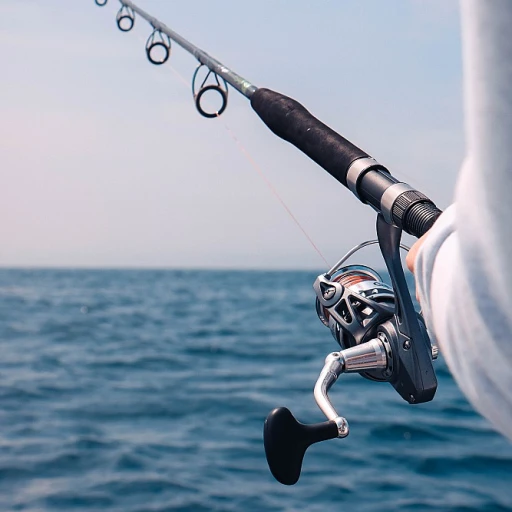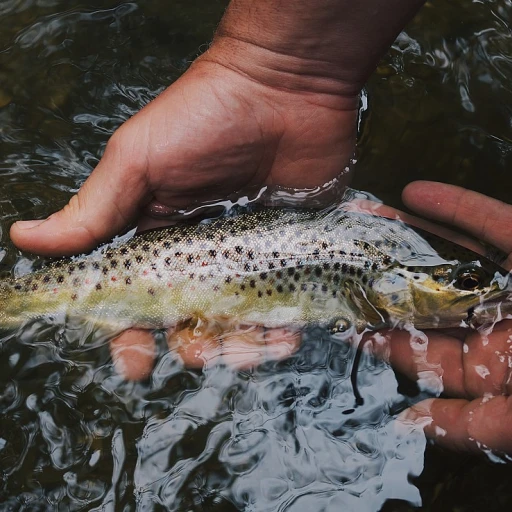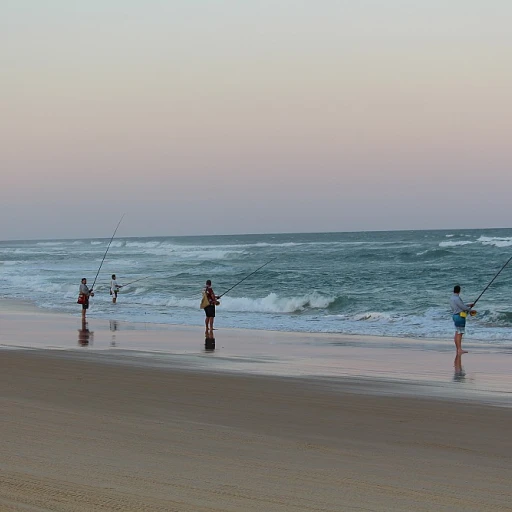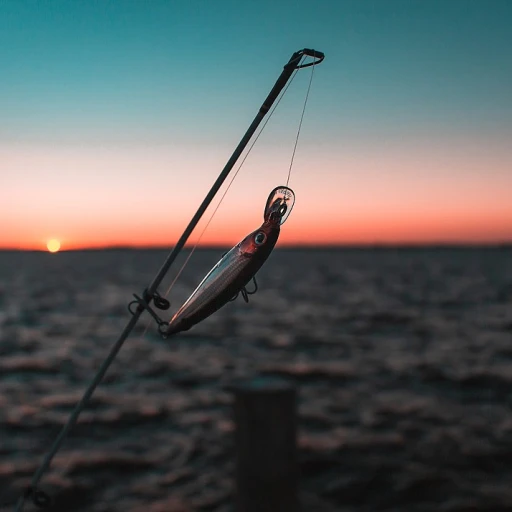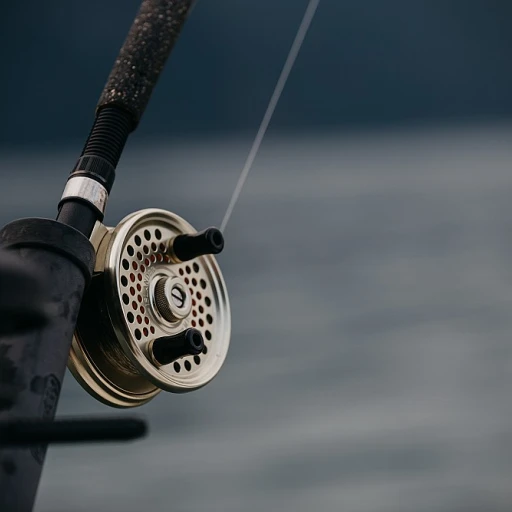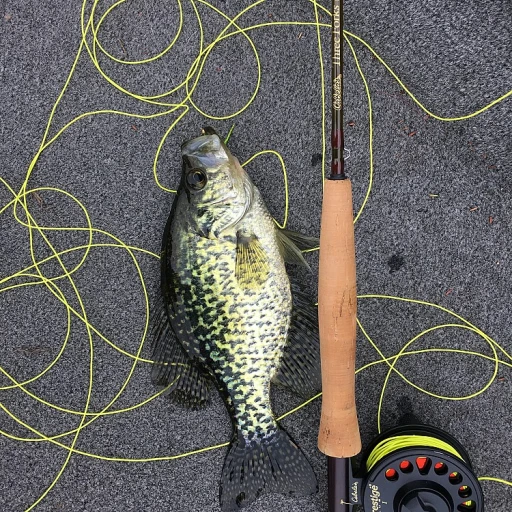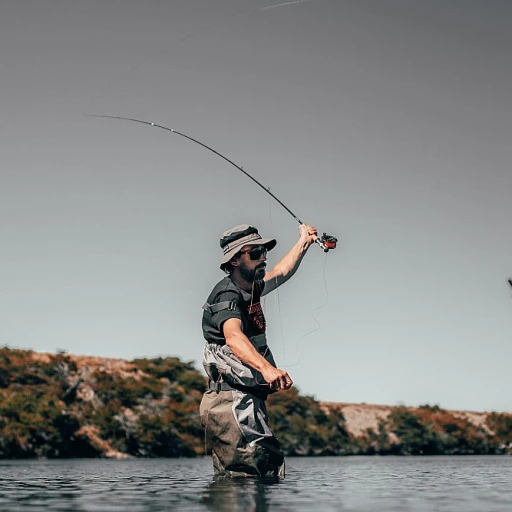Understanding Slow Pitch Jigging
The Fascination Behind This Technique
Slow pitch jigging has swiftly emerged as a favored method among recreational fishermen, particularly noted for its precision and skillful artistry. The allure lies in the technique’s ability to entice a variety of fish species, including those trawling the deep, with minimal effort—well, that’s what it looks like when mastered.
The Fundamentals
Understanding the fundamentals of slow pitch jigging requires a basic comprehension of how the jigs work. Essentially, it's about making the jig mimic injured prey through rhythmic motions. Unlike conventional jigging, where force is paramount, slow pitch relies on gentle, controlled actions to bring in fish.
Optimal Conditions for Success
Choosing the right fishing spots is vital to successful slow pitch jigging. Although it can be productive in various environments, spots with a good water flow, such as ledges and drop-offs, usually yield the best results. Sea bass and striped bass are known favorites for this technique.
If you are intrigued by fishing methods that test your sea mettle, exploring techniques like deep trolling could broaden your angling adventures here. As with jigging, having the patience to match the right time and place can elevate your fishing success.
Essential Gear for Slow Pitch Jigging
Gearing Up for Slow Pitch Jigging
When delving into the intricate world of slow pitch jigging, the choice of gear plays a pivotal role in the success of your fishing adventure. The right equipment can significantly enhance your experience, allowing you to feel the delicate dance of your jig underwater and connect with elusive catches such as sea bass and striped bass.
Rods: Selecting a proper rod is crucial. Slow pitch rods are designed to be lightweight but powerful enough to handle both finesse and strength, catering to the unique demands of this technique. Whether you opt for jigging rods or pitch rods, ensure that they have the correct action to effectively work with your jigs.
Reels: Your choice of reel should align with the demands of deep jigging. A high-quality reel seat is essential, holding the reel securely while allowing for smooth casts and retrievals. Consider reels designed for deep sea fishing as they offer greater capacity and durability needed for slow pitch jigging.
Jigs: Investing in a selection of pitch jigs, including luminous slow jigs, can make all the difference. Luminous jigs are particularly effective in deeper waters or low light conditions, where their glow can attract fish from afar.
Line and Hooks: Use a heavy fishing line to endure the pressures and tension while jigging. Additionally, sharpened hooks are crucial for ensuring that your catch stays secure once hooked.
If you're serious about mastering slow pitch jigging, researching on trolling motors and their advantages could also compliment your setup, offering better control and mobility during your fishing expeditions.
Explore options from renowned brands like Sea Falcon and understand the value for money at various sale prices. Many dealers also offer gift cards which can be a practical choice if you're unsure where to start. Don't forget to check out dealer locators for potential quick view and purchase opportunities.
Techniques to Perfect Your Jigging
Mastering Slow Pitch Jigging Techniques
To elevate your success in slow pitch jigging, a few essential techniques can enhance your fishing game dramatically. By understanding the distinct movements and adjustments required, you'll be better positioned to entice even the most elusive fish. First, the rhythm of your jigging actions is crucial in simulating baitfish movement, making it essential to maintain a consistent pace. A gentle but deliberate vertical motion with your jigging rods can render lifelike swim patterns. Remember, the goal is not speed, but a slow, enticing rhythm. Your choice of jigs and gear can also influence your technique. Luminous slow jigs can be effective in deep waters, where visibility is limited. This glow factor can attract fish from afar, providing a longer window for strikes. Consider selecting pitch jigs that offer varied action styles, as this versatility can help adapt to different water conditions and fish behaviors. Using the right rods and reels is pivotal. Opt for rods jigging that provide the right balance of strength and flexibility, particularly heavy models like pitch rods to handle deeper waters and larger fish. A reliable reel seat is essential for maintaining control and stability during your sessions. Hooks and tackle selections play a vital role, too. Ensure your hooks are sharp and appropriately sized for the species you're targeting, be it striped bass or sea bass. Split rings can contribute to more dynamic movement of your jigs, enhancing the allure to your prey. Practice consistency in your pitch and movements. Whether you're pursuing sea falcon or exploring other deep-sea adventures, these techniques can significantly boost your catch probability, especially when combined with the right gear and approach. For those inclined to expand their fishing skills further, you might also delve into techniques used in other forms such as fly fishing, which offer their own set of challenges and rewards. Exploring the best saltwater fly reels can open new avenues, expanding your repertoire and proficiency in angling.Choosing the Right Fishing Spots
Locating Prime Fishing Grounds
When engaging in slow pitch jigging, choosing the right fishing spots can significantly affect your success rate. To ensure the largest catch, consider these factors:- Depth and Structure: Slow pitch jigging thrives in deep water, as the name suggests. Ideal locations include seamounts, deep water reefs, and drop-offs—places where the sea bass and other fish tend to linger. Utilizing your fish finder can help pinpoint these areas effectively.
- Target Species: Understanding the habits of your target, such as striped bass or sea falcon, is crucial. These species often hover around structures or steep gradients where food is abundant. Having prior knowledge aids in selecting the best jigging tackle or pitch rods.
- Water Currents: Slow pitch jigging works best where currents are present but not too strong. Currents carry nutrients, luring hooks and fish alike, increasing your chances of a fruitful catch. Tackle featuring heavy reels and split rings ensures your pitch jigs stay in optimal placement.
Common Mistakes and How to Avoid Them
Avoiding Key Missteps in Slow Pitch Jigging
While slow pitch jigging may seem straightforward, there are common mistakes that can hinder your fishing experience. By understanding and avoiding these pitfalls, you can increase your chances of a successful catch.- Incorrect Tackle Selection: It’s essential to choose the right gear, such as rods and reels specifically designed for slow pitch jigging. Opt for jigging rods with the proper action. Heavy rods may be tempting, yet a slow pitch rod provides the gentle flick necessary for effective jigging.
- Improper Jig Weight: The weight of your jigs plays a crucial role. Avoid using jigs that are too heavy or too light. Consider factors like water depth and current speed. Luminous slow pitch jigs with the correct weight enhance visibility and attraction, particularly in deep waters.
- Incorrect Retrieve Technique: Slow pitch jigging requires a specific action. Avoid quick jerking motions. Instead, employ a rhythm that mimics the natural movement of fish. Mastering this can improve your chances to attract species like sea bass and striped bass.
- Ignoring Hook Quality: High-quality hooks are vital. Ensure your jigging hooks are sharp and durable to handle the pressure from potential catches. Regularly check and replace them as needed.
- Neglecting Maintenance: Regular maintenance of your fishing gear ensures longevity and performance. Clean your reels, rods, and tackle box to avoid damage from saltwater or debris.
Maximize Opportunities and Sales
Other than technique, being aware of sales offers and dealers can enhance your experience. A gift card from a favorite fishing shop can grant extra opportunities to explore upgraded gear. Keep an eye out for sale prices on slow pitch gear online or through your local dealer locator. Whether you're shopping for pitch jigs or a specialized reel seat, taking advantage of sale events can be fruitful. Remember, an investment in high-quality tackle is an investment in your overall fishing experience.Expert Tips to Enhance Your Experience
Refining Your Slow Pitch Jigging Experience
To truly master slow pitch jigging, it's essential to incorporate expert tips that can elevate your fishing game. Here are some insights that can make a significant difference:
- Experiment with Luminous Jigs: Using luminous slow jigs can be a game-changer, especially in deep waters. The glow attracts fish like sea bass and striped bass, increasing your chances of a catch.
- Optimize Your Tackle Setup: Ensure your rods and reels are well-matched. A heavy rod with a robust reel seat can handle the weight of deep-sea fish. Consider rods jigging setups that are designed for the specific demands of slow pitch jigging.
- Vary Your Pitch: Don't stick to a single pitch. Varying the speed and rhythm of your jigging can entice different fish species. Adjust your technique based on the fish you're targeting and the conditions of the water.
- Utilize Quality Hooks and Split Rings: Investing in high-quality hooks and split rings ensures that your tackle won't fail when you hook a big one. This is crucial when dealing with the powerful pull of sea creatures.
- Stay Informed on Gear Sales: Keep an eye on sales to upgrade your gear without breaking the bank. Whether it's rods, reels, or jigs, finding a good sale price can make a big difference in your fishing arsenal.
- Consult a Dealer Locator: Use a dealer locator to find the best fishing gear dealers near you. This can help you get hands-on experience with equipment before making a purchase.
- Consider Gift Cards for Flexibility: If you're unsure about what gear to invest in next, a gift card to a fishing store can provide the flexibility to make the right choice later.
By integrating these tips into your fishing routine, you can enhance your slow pitch jigging experience and increase your success on the water.

